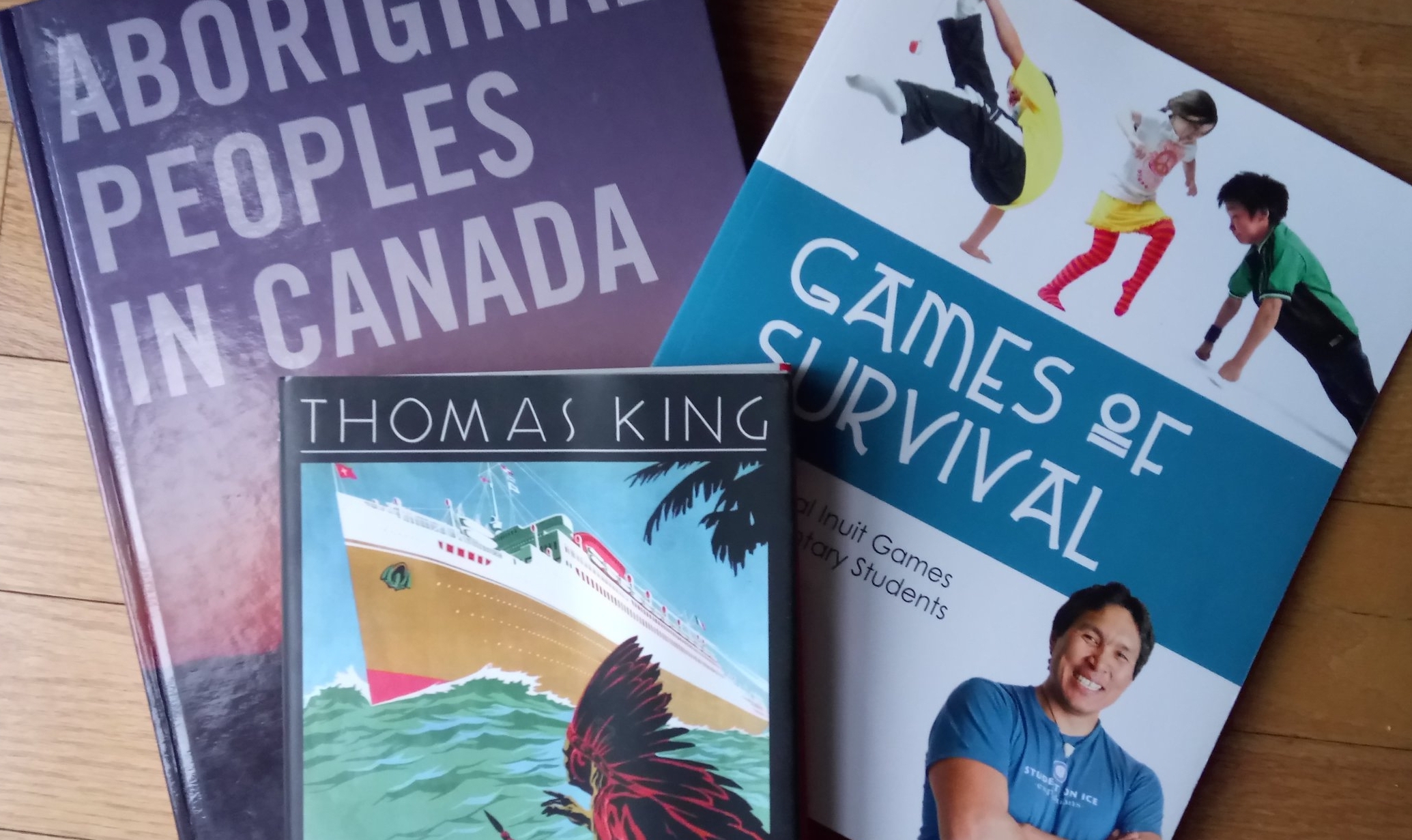Being as this blog and my newsletter focuses on resources for educators, I have stayed away from posting academic journal articles as I know I am often strapped for time as an educator and mostly cannot immediately use them with my primary, junior and even intermediate groups.
I wanted to draw your attention to this particular article, however, because I have yet to find a elementary/high school resource that covers the same material (though perhaps my Western Canadian readers know of some) and because I found it full of important information.
The Slaughter of the Bison and the Reversal of Fortunes on the Great Plains is written by Feir, Gillezeau, & Jones who are associated with the Economics department at the University of Victoria.
What I found useful:
The Abstract, Introduction, Background, and Conclusion sections which specifically highlight:
Some information about the ways which First Nations peoples hunted the Bison, how different parts of the animal were used, how this process contributed into how their societies were organized, and the impact on their health and standard of living.
For instance, the paper states “Historical and anthropometric evidence suggests that these bison-dependent societies were once the richest in North America, with living standards comparable or better than their average European contemporaries” (p. 1). That is not a fact that I feel is well known. I find that the assumption that Indigenous peoples were just surviving on the Plains is often used as an argument in favor of colonization.
A well-researched historical record of the different factors which led to the decline of Bison populations in North America after Europeans arrived.
The impact the relative wealth of Indigenous peoples who were fully or partially dependent on the Bison for their livelihood, into the present time.
A decent analysis of the compounding circumstances which have prevented these First Nations from succeeding economically including government sanctions, restrictions on freedoms, etc.
If you teach history or economics in High School, this article is a natural fit. If you do not, but think some of the information might be useful for your teaching, I suggest diving in and skimming through any parts that are irrelevant to you and your students.
